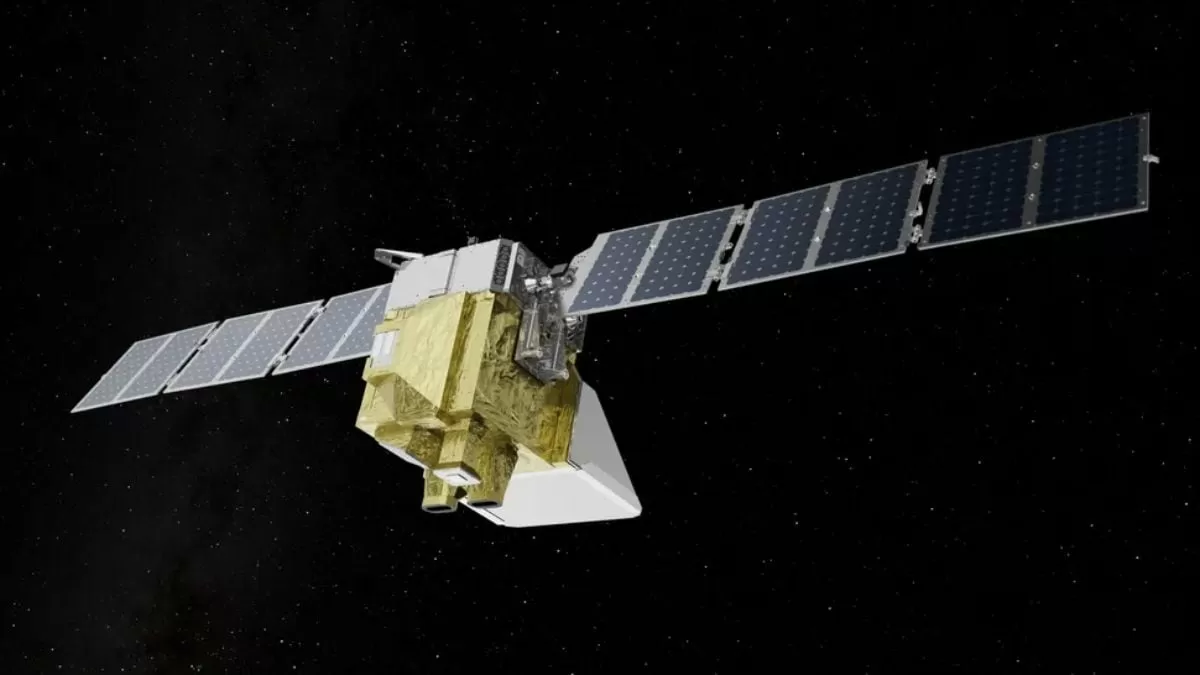MethaneSAT, a climate-monitoring satellite backed by Google and the Bezos Earth Fund, has unfortunately failed after just one year in orbit. The satellite, which was launched in March 2024 with the mission to track methane leaks, lost power in June 2025. Despite this setback, the team behind MethaneSAT remains determined to continue their efforts in supporting climate action and emission transparency.
The $88 million satellite was a joint effort between Google and the Bezos Earth Fund, with the goal of providing accurate and timely data on methane emissions. Methane is a potent greenhouse gas, with a global warming potential 84 times greater than carbon dioxide over a 20-year period. It is responsible for about a quarter of the Earth’s current warming, making it a crucial target for climate action.
The MethaneSAT satellite was equipped with state-of-the-art technology, including a high-resolution sensor that could detect even the smallest methane leaks. It was also designed to cover a wide area, making it possible to monitor large regions and identify sources of methane emissions. This data would have been invaluable in helping governments and industries to reduce their methane emissions and meet their climate goals.
Unfortunately, the satellite’s power failure in June 2025 has rendered it unrecoverable. This is a significant setback for the MethaneSAT team, who had high hopes for the satellite’s capabilities. However, they are not giving up. Mission operators are still analyzing the data collected by the satellite during its short time in orbit. This data will be used to support climate action and emission transparency efforts, providing valuable insights into methane emissions and their impact on the environment.
The failure of MethaneSAT serves as a reminder of the challenges and risks involved in space exploration and technology. Despite the best efforts and resources put into the project, sometimes unforeseen circumstances can lead to unexpected outcomes. However, the MethaneSAT team remains optimistic and determined to continue their mission of monitoring methane emissions and supporting climate action.
The MethaneSAT project was a bold and ambitious initiative, and its failure does not diminish its importance. In fact, it highlights the urgency and necessity of addressing methane emissions and their impact on the environment. The team behind MethaneSAT has shown great dedication and perseverance, and their efforts have not gone unnoticed.
The failure of MethaneSAT also highlights the need for more investment and support in climate monitoring and technology. With the growing threat of climate change, it is crucial to have reliable and accurate data to inform decision-making and drive action. The MethaneSAT project was a step in the right direction, and it is essential to continue investing in similar initiatives to combat climate change effectively.
In conclusion, while the failure of MethaneSAT is undoubtedly disappointing, it is not the end of the road for the mission to track methane emissions. The team behind the project remains committed to their cause and will continue to use the data collected by the satellite to support climate action and emission transparency efforts. The MethaneSAT project serves as a reminder of the challenges and risks involved in tackling climate change, but it also highlights the importance of investing in innovative solutions to protect our planet.

